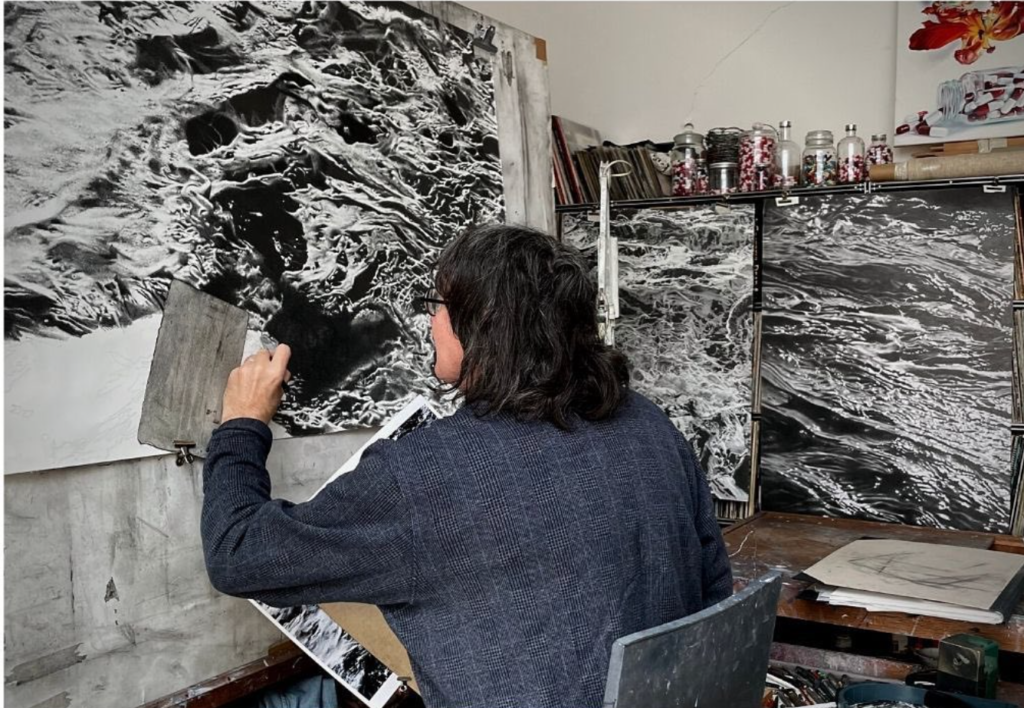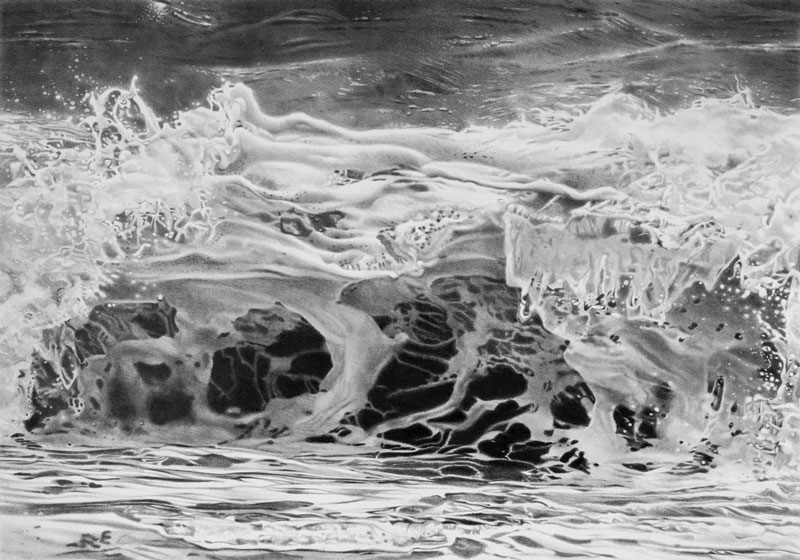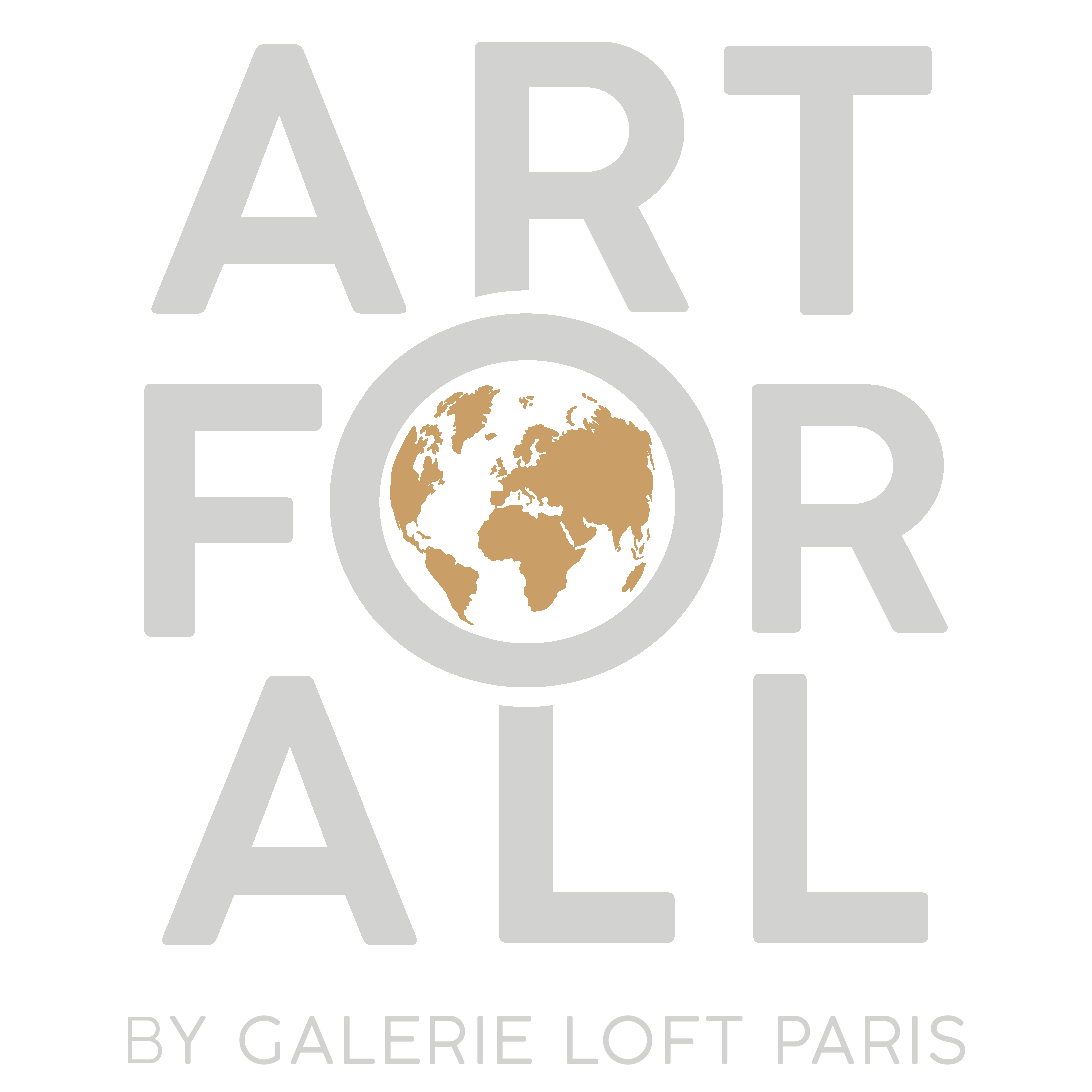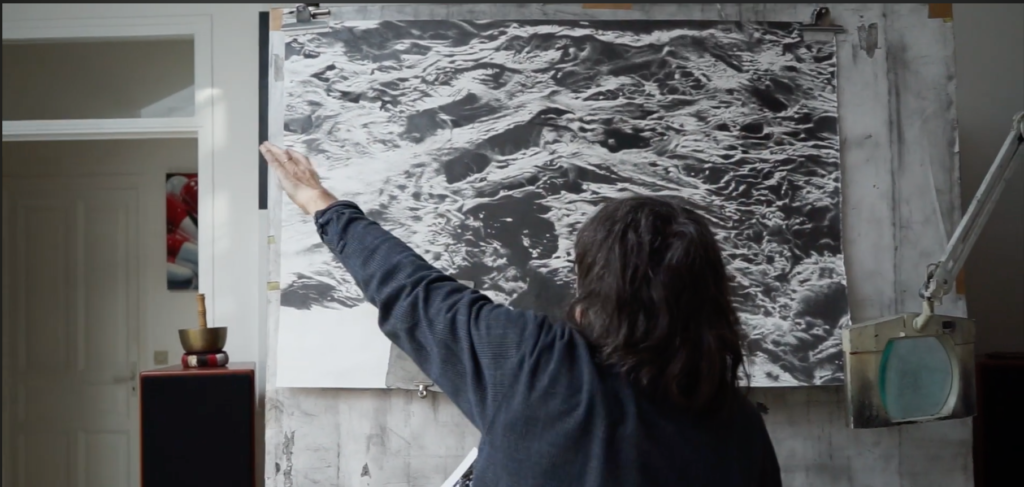
In the following video, Philippe Huart presents his work in progress, unveiling his new art project entitled “Pièces Détachées” representing “the things behind the things”. He explains his passion for drawing, and his unique creative process for each work.
Video – Work in Progress – “Behind Things” Series
“I recently started a series of drawings with small objects that I called “Detached pieces” because they are images that I had already used several times in my paintings or my drawings but which, for the first time, become the main subject of the work. It could very well be a screw, a spring, a weapon or a capsule…
Some are objects that I have used for a very long time, as is the case for the skull, probably because it is one of the most important themes in the history of art and I am attached to the classical side of the painting. Others fascinate me simply because even drawing the same object again and again in different facets, my vision, and therefore the result, will each time be very variable and will never cease to amaze me.
I even believe that if I had a more conceptual mind, I would have stopped at a single object by always redoing the same drawing or the same painting just to observe the variations on each work…”
Philippe Huart




